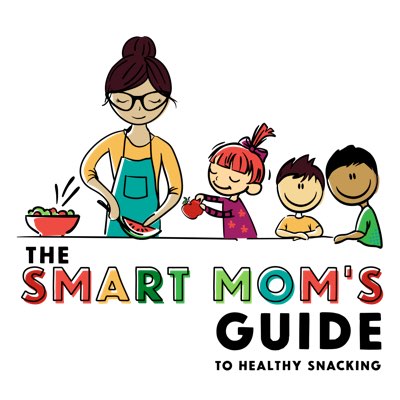Introduction
I had my first baby in 1996. In the next five years, I would add three more babies to the family. You could say that I did some intensive baby feeding during that time of my life.
Several things became clear to me: Every baby is different even within families. Their food preferences evolve differently, the way they experience food is individualized and they can progress at different paces.
I also made mistakes. My first child became iron deficient at 18 months, and she grew on the low end of the growth curve (a hard pill to swallow as a dietitian). My last baby developed food allergies at age 2.
You could say I cut my food-parenting teeth on my first child, like many parents do. Back then, the nutrition resources for feeding your baby were slim and hard to find. Being a pediatric dietitian helped quite a bit, but it certainly didnt prevent me from the struggles, doubt and guilt that nagged at my conscience during those early years.
Are my kids healthy today? I believe so. My first baby is now a young adult and is no longer iron deficient nor underweight. My last baby is a teenager and grew out of his food allergies. They are healthy today, in part, because I corrected my food and feeding mistakes.
Today, parents like you have many more resources from which to draw information about feeding your baby. Thats a good thing, and it can be a bad thing. One thing is certain, the world of baby food has changed. The days of glass jars and plain rice cereal, though still here, are fading to a world of whole foods, self-feeding, convenient packaging and unique flavor blends. Baby food has been remodeled and revitalized and will never be the same.
Lets look back for a moment. Weve moved from jarred baby food to plastic containers and pouches. From selling it at room temperature to selling it in the refrigerated food section. Weve moved from starting baby with pureed foods to beginning the journey with whole foods. Weve switched from a slow introduction of new foods to quick transitions that help build food variety from the get-go. Weve even changed the stance on what can be eaten in the first year of life, promoting the early introduction of foods previously thought to cause allergies.
Yes, starting baby food and feeding your baby has undergone some significant changes over the past two decades. We simply have more research behind the topic and know more now than we ever did before.
We have a better sense of nutrients needed for optimal brain development. We have clear ideas about how to prevent picky eating and iron deficiency. We know how to shape flavor preferences and instill healthy eating habits.
In short, we know exactly what it takes to get your baby started on the healthiest food and the best, most productive feeding plan for his future health.
Yet, theres a downside to this newfound, changing information for your baby. Its made starting solids a whole new frontier: daunting, confusing and sometimes downright scary. Scary enough to make you think about holding off on starting your baby on food and delay the whole process.
But, delaying has its drawbacks, too. Delaying your baby may stall his developmental milestones, such as speaking and fine motor skills, and can even set him back nutritionally.
You dont want to delay.
As the science shifts, you may feel your well-thought-out game plan is on shaky ground or even, has fallen apart. You may be unsure about starting solids and question whether you have the latest and greatest tools and techniques.
You may look to books and the web for information. Or you ask your parents or your friends and colleagues for advice. This is where it starts to get even more confusing. One mom tells you to avoid baby food altogether, while a popular blogger says to make your own and start now. Meanwhile, your doctor tells you to wait for the signs, and your well-meaning father tells you to put cereal in the bottle. Youre not quite sure what the signs are, and youre unsure about putting extra food in your babys bottle.
You start looking around. You find information on the internet about arsenic in rice and baby-led weaning, but you dont know exactly how to put this information into play with your own baby.
Meanwhile, the clock is ticking.
All this information conflicting, confusing and piecemeal needs to be pulled together so you have complete information.
Obviously, the more you know about your babys nutrition, the better job you can do. You already know this. But adapting to and adopting this information can be stressful, too. Yes, downright stressful.
Although major health organizations such as the American Academy of Pediatrics (AAP) recommend starting your baby on solid food around 6 months, even this recommendation can feel like a big question mark.
A 2015 survey by Beech-Nut Nutrition Co. found that 54 percent of parents reported being very confused with the prospect of starting solids. Parents were especially concerned about the timing of solid food introduction, choosing the right foods to support their babys future health, getting their baby to eat fruits and vegetables, and making sure their baby got the right amounts of protein during the transition.
Thats where this baby-food guide comes in: to set the record straight and clear up any confusion you may have when it comes to starting solids with your baby. And, to help you do it right.
As a pediatric dietitian, I feel its my job to lay out all the options, considerations and warnings. Its not my job to tell you to start solids in a certain way. Its not my job to scare you, guilt you, convince you of my perspective or inform you in ways that could be misleading.
I want you to have all the information you need to do this critical part of infancy and childhood the best way you can for your baby, you and your family. As such, I have asked for a critical review of this guide by other professionals who work with infants and toddlers in nutrition and in feeding therapy.


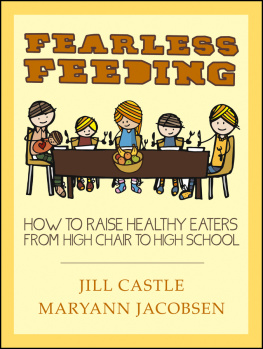
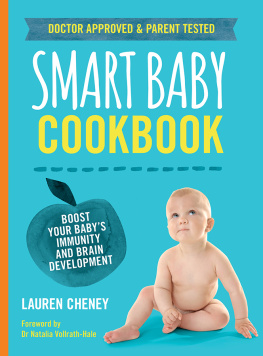

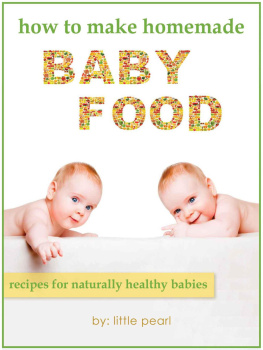
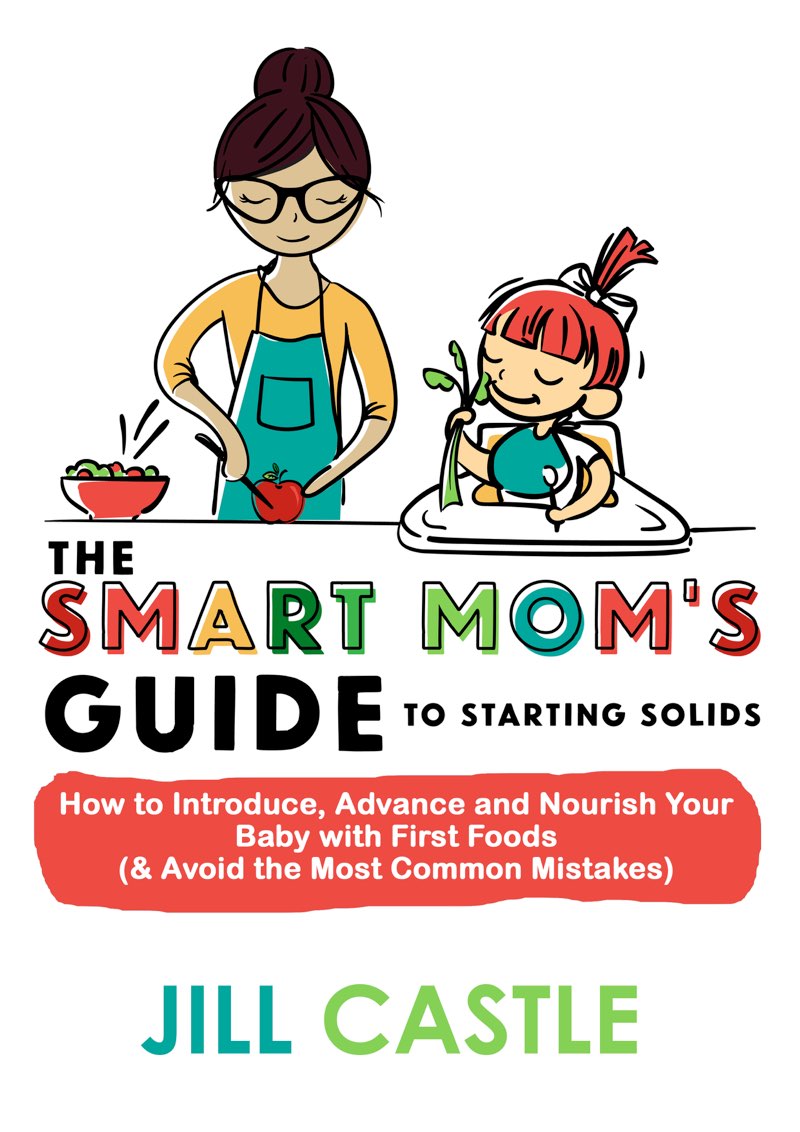
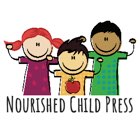
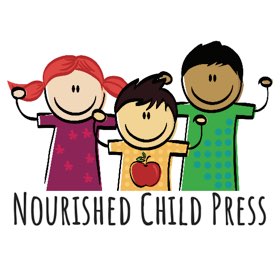
 Created with Vellum
Created with Vellum